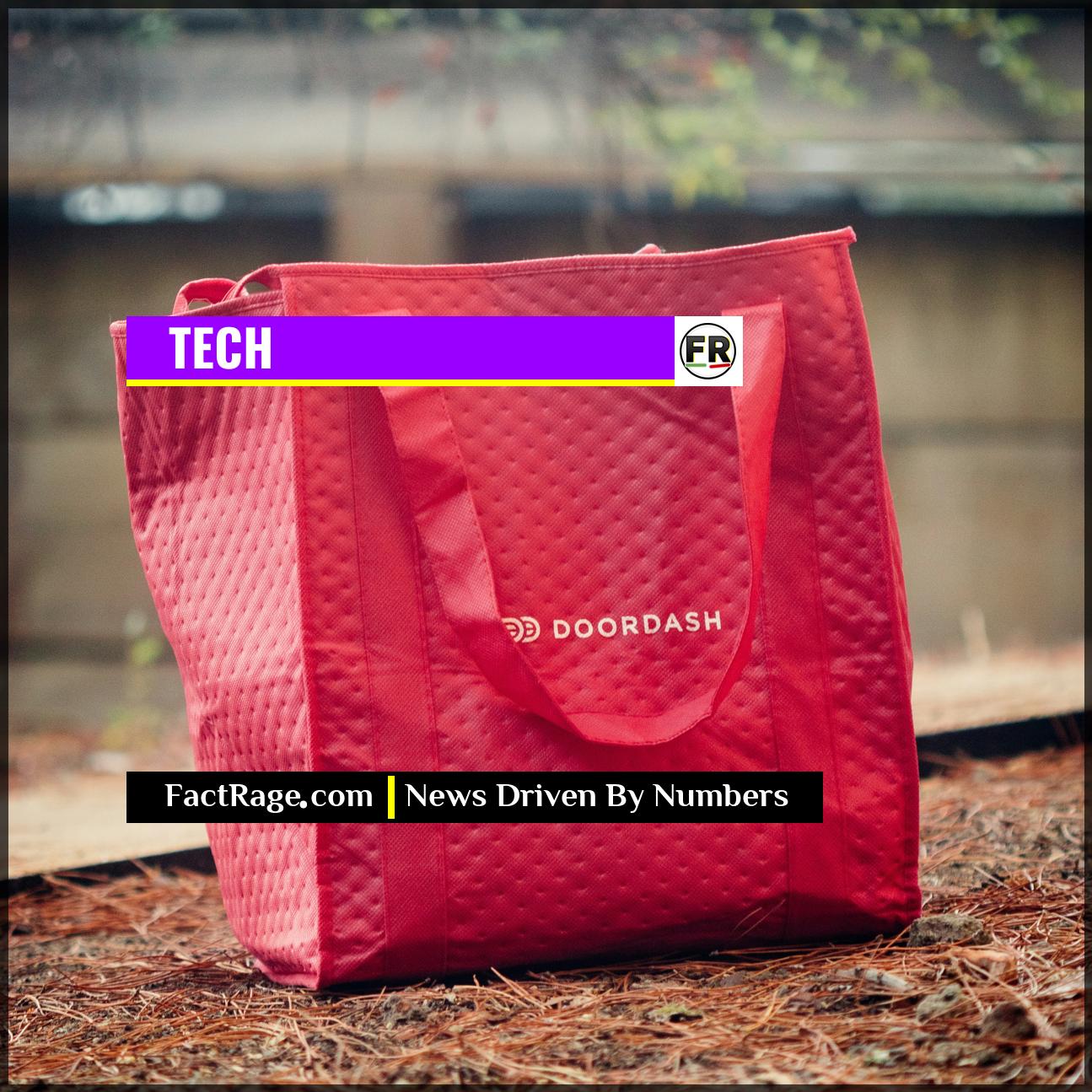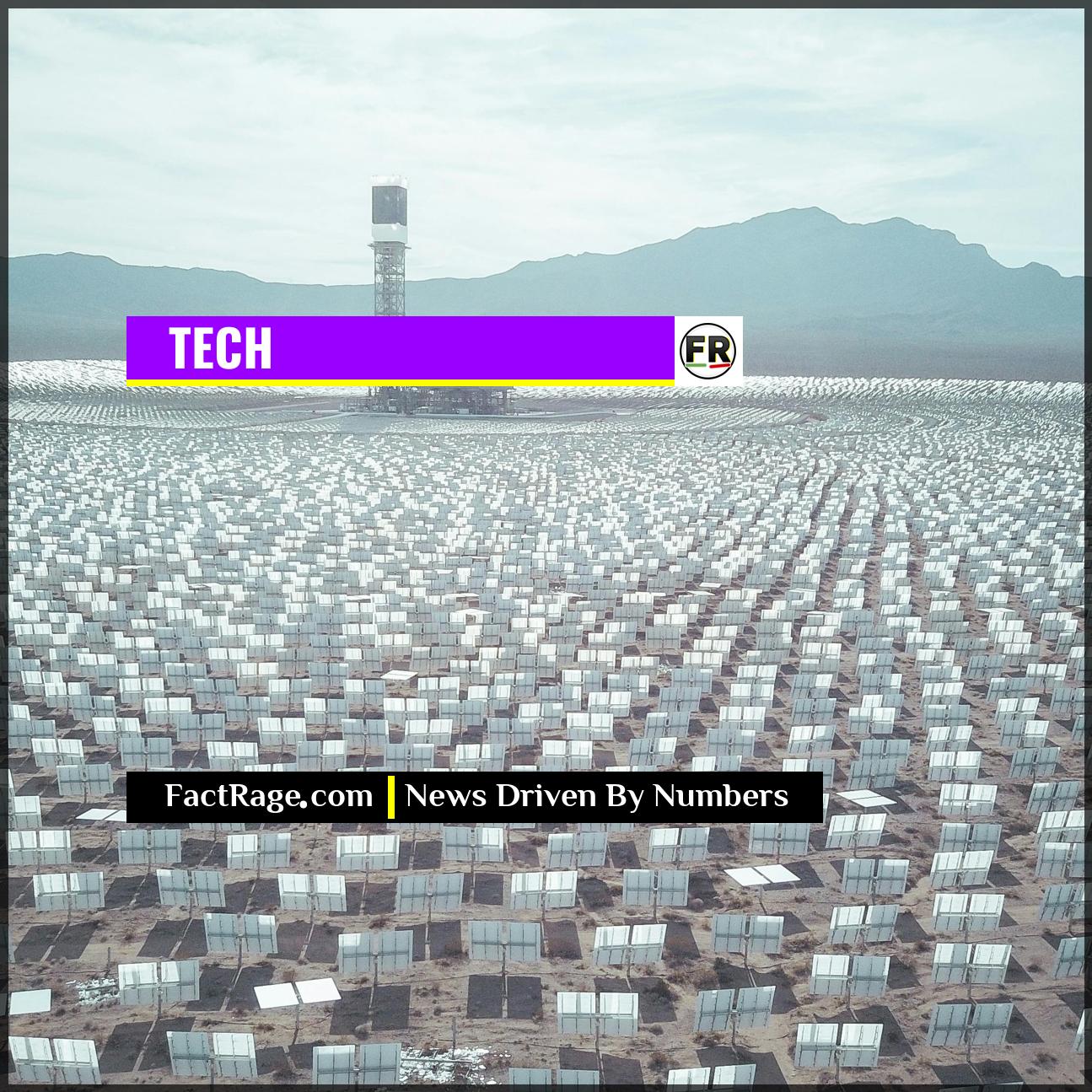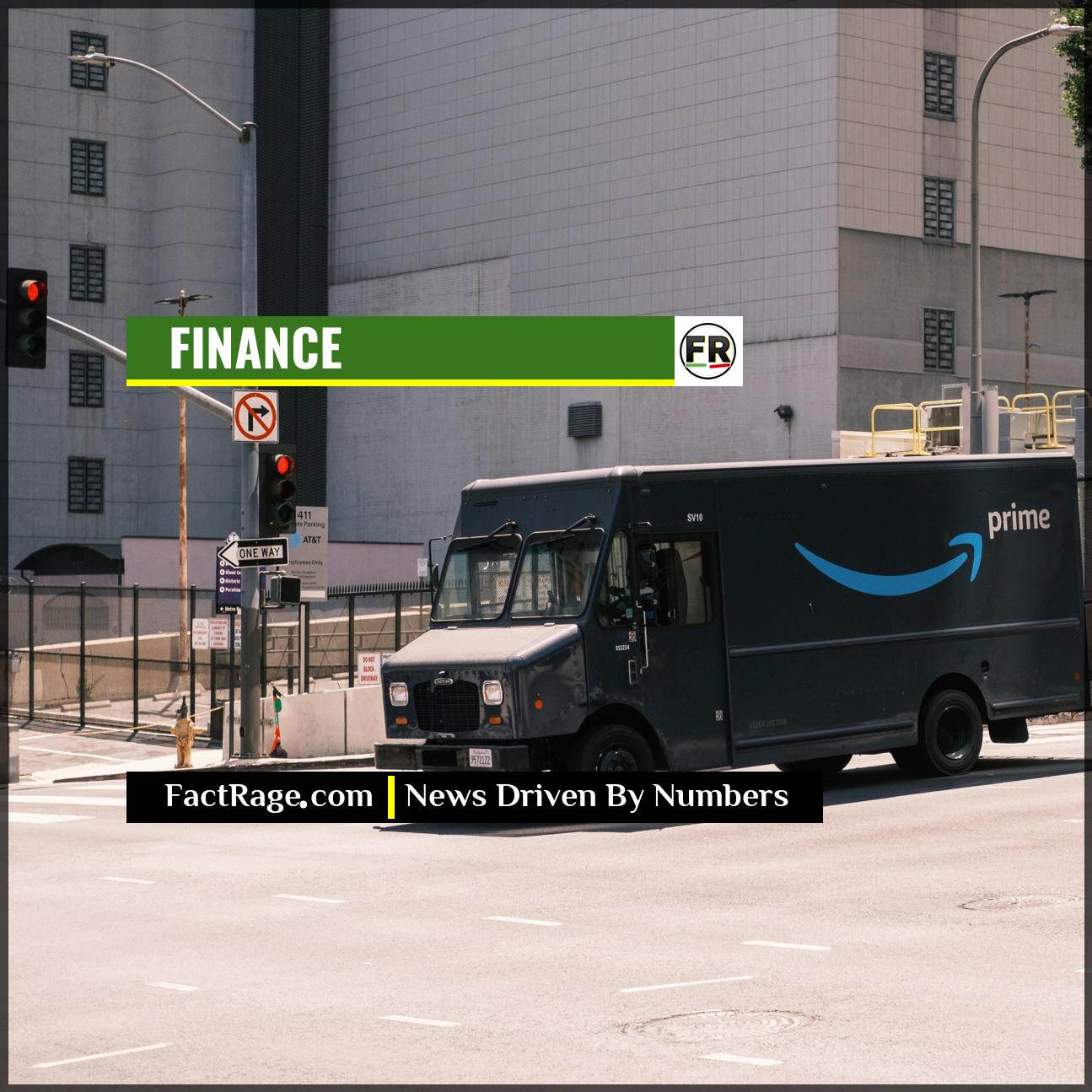FACTRAGE – A recent widespread outage of the food delivery service DoorDash left millions of customers unable to place orders and thousands of delivery drivers without work, highlighting the critical vulnerabilities of the on-demand economy.
- Systemic Technical Failure – Large-scale outages are rarely caused by a single app “crashing” but are typically rooted in deeper failures within cloud computing services, software updates, or third-party integrations that form the backbone of the platform.
- Immediate Economic Impact – The service disruption resulted in immediate lost revenue for both restaurants and DoorDash (DASH), while gig workers, or “Dashers,” faced a sudden loss of income for the duration of the outage.
- Growing Societal Reliance – The incident underscores society’s increasing dependence on complex digital platforms for essential services and income, exposing how a single point of technological failure can cause significant, real-world disruption.
For many, the inability to order food was a minor frustration, but for the platform’s gig workers and the complex systems behind the app, the failure represented a much larger and more fragile reality. This event makes the invisible technological architecture that powers our daily convenience suddenly, and disruptively, visible.
A Look Under the Digital Hood
![]() It’s more than just a delayed dinner. A massive outage like this offers a rare glimpse into the invisible technological scaffolding that supports the on-demand economy. Suddenly, abstract concepts like cloud infrastructure and single points of failure have a very real, tangible impact on both paychecks and pantries. This event forces us to ask just how resilient these systems—and our reliance on them—truly are.
It’s more than just a delayed dinner. A massive outage like this offers a rare glimpse into the invisible technological scaffolding that supports the on-demand economy. Suddenly, abstract concepts like cloud infrastructure and single points of failure have a very real, tangible impact on both paychecks and pantries. This event forces us to ask just how resilient these systems—and our reliance on them—truly are.
Read On…
Below, we unpack the technical reasons behind such a failure and explore the real-world consequences for the gig workers and businesses who depend on this digital lifeline.
What Causes the Digital Dominoes to Fall?

When a service as large as DoorDash (DASH) goes dark, the problem is almost never as simple as the app on your phone malfunctioning. These platforms are incredibly complex ecosystems built upon layers of technology, often hosted by massive cloud infrastructure providers like Amazon Web Services (AWS), Google Cloud, or Microsoft Azure. An outage can be triggered by a number of factors.
A common culprit is a faulty software deployment—a new update or patch that introduces an unforeseen bug that cascades through the system. Another possibility is a failure in a critical third-party service, such as a payment processor or mapping API, that DoorDash itself relies on to function. The most significant risk, however, is often a “single point of failure” within the company’s own cloud architecture. This is a component which, if it fails, brings the entire system down with it. Identifying and building redundancies for these points is a constant challenge for engineers at any major tech company.
The Human Cost of a Code Glitch
The technical explanation, while complex, pales in comparison to the immediate human and economic impact. The on-demand model creates a direct link between system uptime and people’s paychecks. For the thousands of “Dashers” who depend on the platform for income, an outage is not an inconvenience; it is an immediate and unplanned loss of work. For a driver expecting to earn $20-$25 per hour during a peak dinner rush, a three-hour outage can represent a loss of over $75.
Restaurants also feel the sting. Many small and medium-sized businesses now rely on services like DoorDash for a significant percentage of their daily orders. When the platform goes down, a crucial revenue stream vanishes without warning. This dependency reveals a core fragility in the modern digital economy: the financial stability of individuals and businesses can be tethered to the flawless operation of code they have no control over.
Can a More Resilient On-Demand World Be Built?
In the wake of an outage, the immediate goal for any tech company is to restore service. The long-term goal is to prevent a recurrence. Engineers achieve this through building greater redundancy, meaning backup systems that can take over instantly if a primary component fails. They also employ strategies like “canary releases,” where software updates are rolled out to a small percentage of users first to detect problems before they affect everyone.
However, the promise of 100% uptime is a near-impossibility for any system of this scale and complexity. As our society continues to integrate these on-demand platforms more deeply into the fabric of daily life—for everything from food and groceries to transportation and freelance work—our collective exposure to this digital fragility grows. The DoorDash outage serves as a stark reminder that the convenience of our on-demand world rests on a technological foundation that is powerful, but not infallible.
The Unseen Architecture of Convenience
![]() The recent DoorDash outage was more than a momentary digital hiccup; it was a stress test of the invisible architecture that now underpins a growing slice of our economy and daily lives. It serves as a potent reminder that our relationship with technology is one of increasing dependence, where the convenience of the present is built on a complex, and sometimes brittle, foundation. As we continue to weave these powerful systems into the fabric of society, understanding their fragility is not just a technical challenge for engineers, but a crucial piece of digital literacy for us all.
The recent DoorDash outage was more than a momentary digital hiccup; it was a stress test of the invisible architecture that now underpins a growing slice of our economy and daily lives. It serves as a potent reminder that our relationship with technology is one of increasing dependence, where the convenience of the present is built on a complex, and sometimes brittle, foundation. As we continue to weave these powerful systems into the fabric of society, understanding their fragility is not just a technical challenge for engineers, but a crucial piece of digital literacy for us all.










